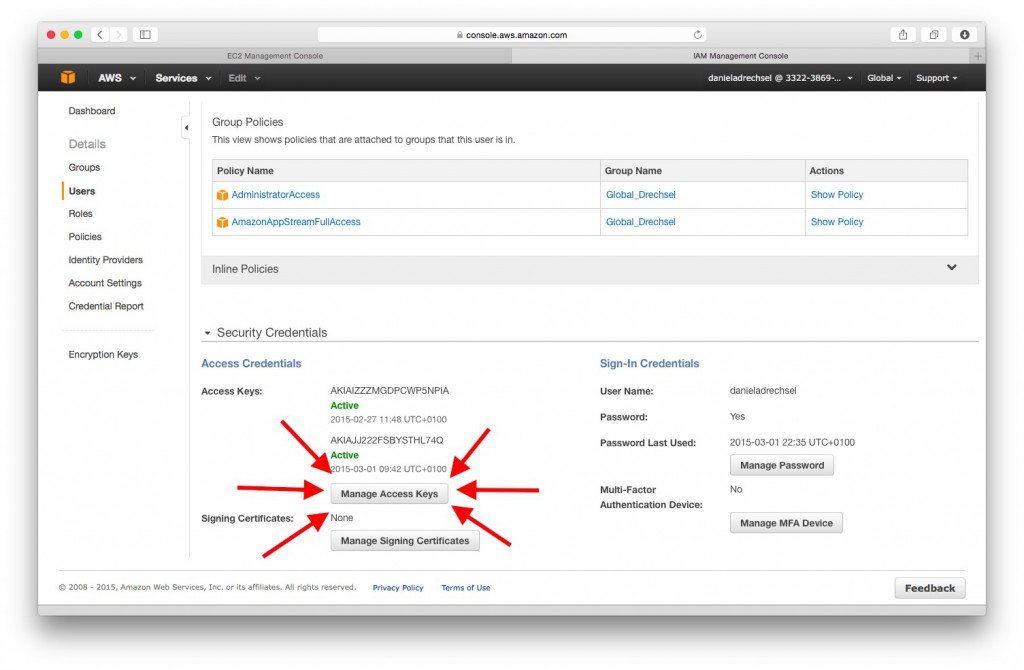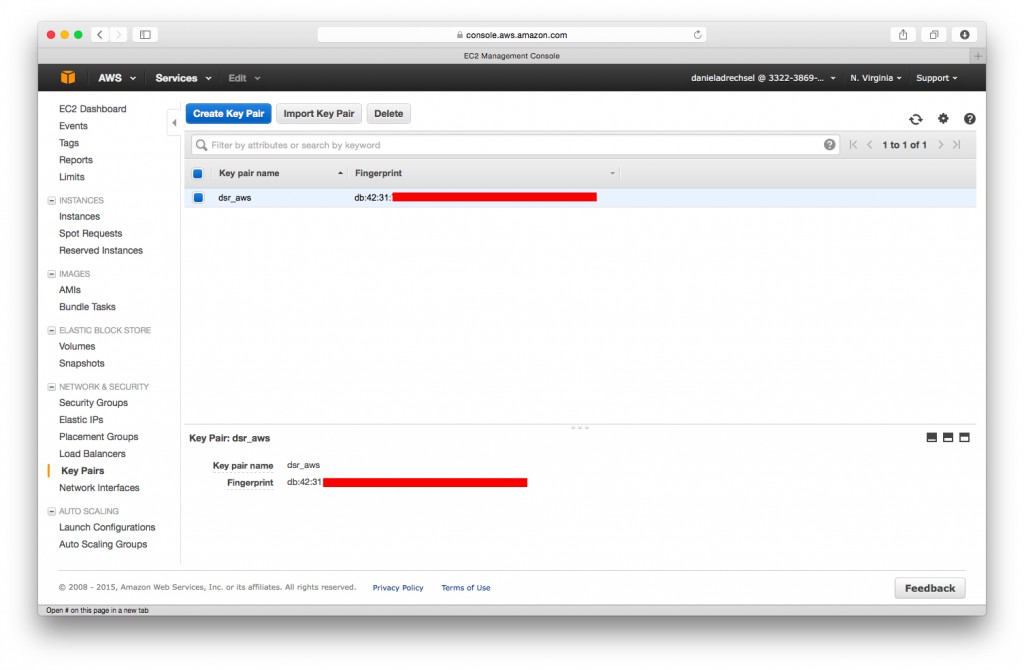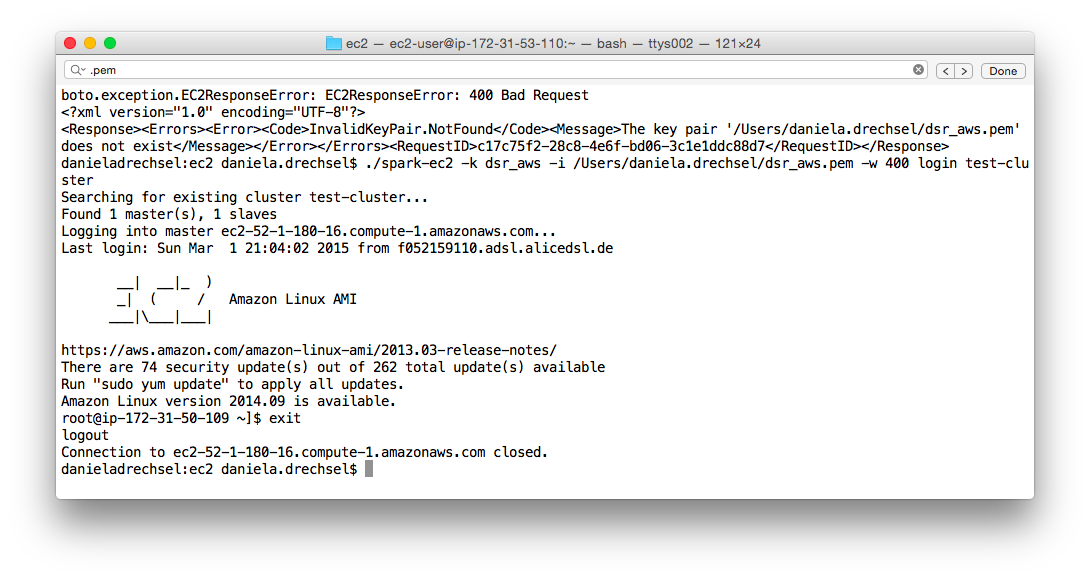‘Data Science Retreat‘ is a 3 months-full-time data science course for people who have a background in programming (R or python) and experience in data analysis. The course is taught in Berlin, by a number of specialist mentors, and focuses on predictive modelling and big-data-applications.
In November, I stumbled upon the webpage of the Data Science Retreat here in Berlin, completely by chance. I liked what I saw, and applied for the programme, expecting to never hear anything from them. Surprisingly, I actually heard back soon after, and a couple of interview calls later, I was accepted.
Also in November, I was working in one of Berlin’s big digital agencies. I had started as an referent to the CEO, and now worked in company’s newly funded online marketing unit as (mostly) an analyst.
Why did I fill in that application questionnaire? Because I wanted more programming and analytics in my working life. I had spent a significant part of my PhD years in front of an R console crunching data – and loved it. Unlike 2009, now people actually seemed to care about this language, and there might be an enjoyable career around the corner. The curriculum of the Data Science Retreat looked interesting, and like a good fit for what I needed.
All I was expecting from this course was an opportunity to find out whether I am good enough in what is now called ‘data science’ to do it as a job. I could probably have done this with online courses too, but meeting people (a.k.a. building a local network) was very important to me. My previous experience from learning programming and statistics in a non-programming/little statistics research environment was somewhat painful. Without the proper network you’re screwed (or just really slow in producing something useful).
Was that expectation met? Absolutely. The course was refreshingly non-academic: lectures came entangled with programming exercises, and a significant part of the time was spent building a project/product chosen by each participant himself. As I wasn’t looking for a certificate (I have more than enough certificates), but rather for a hands-on course, with mentors to point the finger at why your function isn’t running properly, this was perfect for me.
Also I met lot’s of smart and helpful people: My co-students came from anywhere (US to UK, Germany to China, and anything in between), and were nice and knowledgeable men (yes, only men!) with quite some experience in programming and/or impressive degrees in mathematics or similar. The mentors were super-accessible, and experts in their fields. In terms of personal network, DSR was an absolute win.
And the result? I went back to my former employer in a new role, before I got an offer for a position that was so interesting, I could’t refuse. I’ll start in a months time, and am very much looking forward to it. Data Science Retreat Berlin FTW! 🙂





